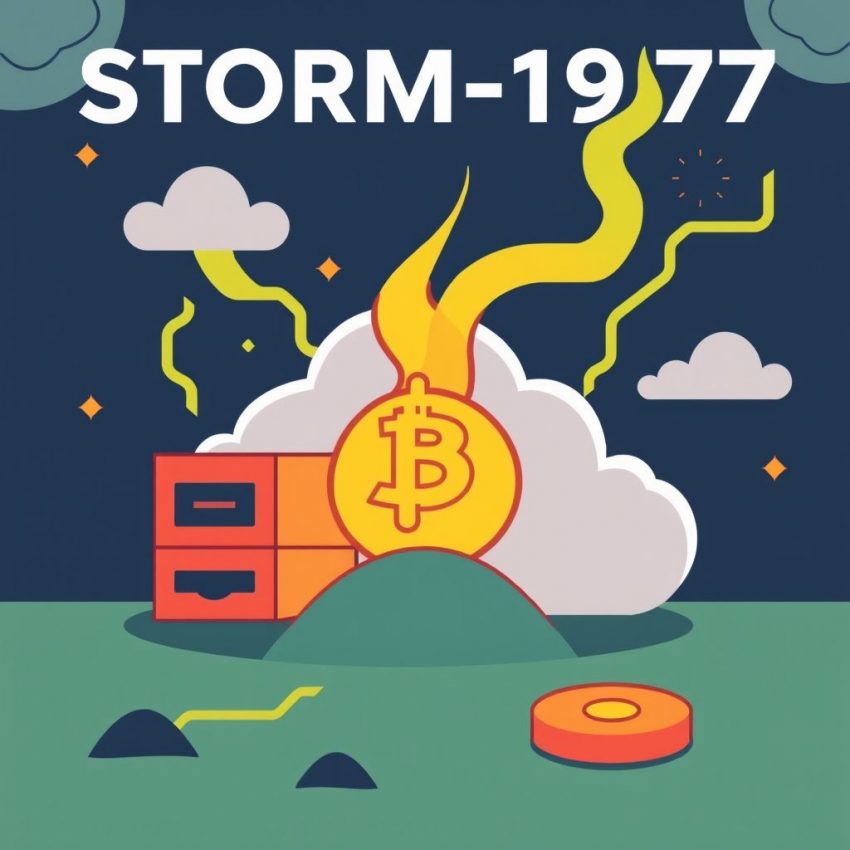Storm-1977 Hits Education Clouds with AzureChecker, Deploys 200+ Crypto Mining Containers: A Wake-Up Call for Cloud Security
The education sector has become a prime target for cybercriminals, and a recent incident involving a threat actor dubbed "Storm-1977" has highlighted the urgent need for stronger cloud security measures. Leveraging a tool called "AzureChecker," Storm-1977 successfully infiltrated multiple educational institutions' cloud environments, deploying over 200 cryptocurrency mining containers and racking up significant unauthorized compute costs. This incident serves as a stark reminder of the vulnerabilities present in cloud infrastructure and the importance of proactive security practices.
How Did It Happen?
Storm-1977's attack strategy hinges on exploiting misconfigured Azure instances. AzureChecker, the tool at the center of this breach, scans for publicly exposed Azure endpoints with weak or default credentials. Once identified, these vulnerable endpoints provide an entry point for the attackers to gain control of the cloud resources. The attackers then deploy cryptocurrency mining containers, effectively hijacking the institution's computing power for their own financial gain.
The education sector's reliance on cloud services, often coupled with limited cybersecurity budgets and expertise, makes them particularly susceptible to such attacks. Many educational institutions may not have the resources or the awareness to implement robust security measures, leaving their cloud environments open to exploitation.
The Impact:
The consequences of these attacks extend beyond financial losses due to increased compute costs. Compromised cloud environments can lead to:
- Data breaches: Sensitive student and faculty data can be exposed, leading to privacy violations and potential legal ramifications.
- Reputational damage: Security breaches can erode trust in the institution, impacting enrollment and funding.
- Disruption of services: Mining operations can overload system resources, leading to performance degradation and service outages, disrupting crucial educational activities.
Lessons Learned and Mitigation Strategies:
This incident underscores the crucial need for educational institutions to prioritize cloud security. Here are some key takeaways and recommended actions:
- Implement strong password policies: Enforce complex passwords and multi-factor authentication for all cloud accounts.
- Regularly scan for vulnerabilities: Utilize vulnerability scanning tools to identify and address misconfigurations and weaknesses in cloud environments.
- Restrict network access: Implement strict network access controls and firewalls to limit access to critical resources.
- Monitor cloud resource usage: Track CPU usage and other metrics to detect unusual activity that may indicate a compromise.
- Educate staff and students: Raise awareness about cloud security best practices and the risks associated with weak passwords and phishing attacks.
- Invest in security expertise: Consider partnering with cybersecurity professionals to assess and strengthen cloud security posture.
The Future of Cloud Security in Education:
The Storm-1977 incident serves as a wake-up call for the education sector. As reliance on cloud services continues to grow, so too must the investment in robust cybersecurity measures. Proactive security strategies, coupled with continuous monitoring and vulnerability assessment, are essential to protect sensitive data and ensure the continuity of educational operations. Ignoring these lessons can have severe consequences, not only for individual institutions but for the entire education ecosystem.
Don’t miss out on this exclusive deal, specially curated for our readers! Flexibility matters: Explore deals with free cancellation options at Expedia.com
This page includes affiliate links. If you make a qualifying purchase through these links, I may earn a commission at no extra cost to you. For more details, please refer to the disclaimer page. disclaimer page.

